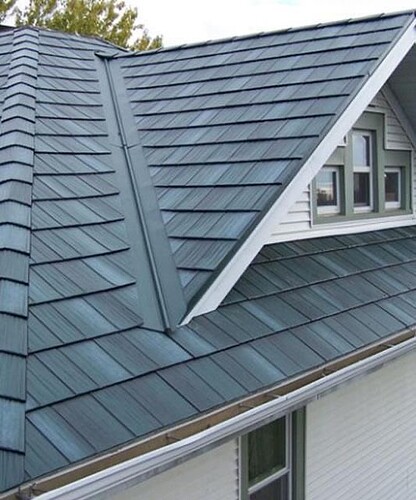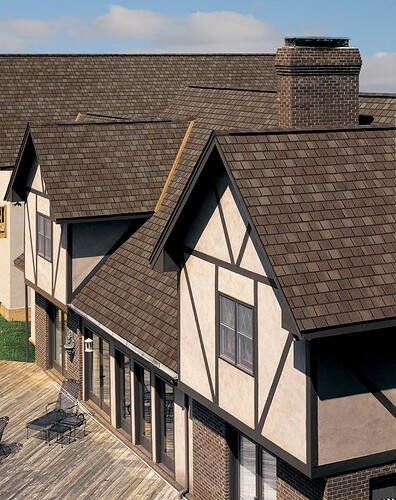Shingles roofing is a popular choice for many homeowners, but like any other roofing material, it has its downsides.
Shorter Lifespan
- Limited durability: Shingles roofing typically lasts between 15 to 30 years, depending on the type and quality.
- Frequent replacements: Shingles may need to be replaced more frequently than other roofing materials.
Weather Related Damage
- Wind damage: Shingles can be prone to wind damage, especially in areas with high winds or storms.
- Ice and snow damage: Shingles can be damaged by ice and snow, leading to leaks and other issues.
Maintenance and Repairs
- Regular inspections: Shingles require regular inspections to ensure they remain in good condition.
- Repair costs: Repairing or replacing individual shingles can be time-consuming and costly.
Environmental Concerns
- Limited recyclability: Some types of shingles, such as asphalt shingles, may not be recyclable.
- Environmental impact: The production and disposal of shingles can have environmental implications.
Aesthetic Limitations
- Limited design options: Shingles come in standard colors and styles, which may limit design options.
- Fading and discoloration: Shingles can fade or discolor over time, affecting their appearance.
Other Considerations
- Noise: Shingles can be noisy during rainfall or hail.
- Potential for leaks: Shingles can be prone to leaks if not installed correctly or if damaged.
While shingles roofing is a popular choice, it’s essential to consider the potential downsides before making a decision.

